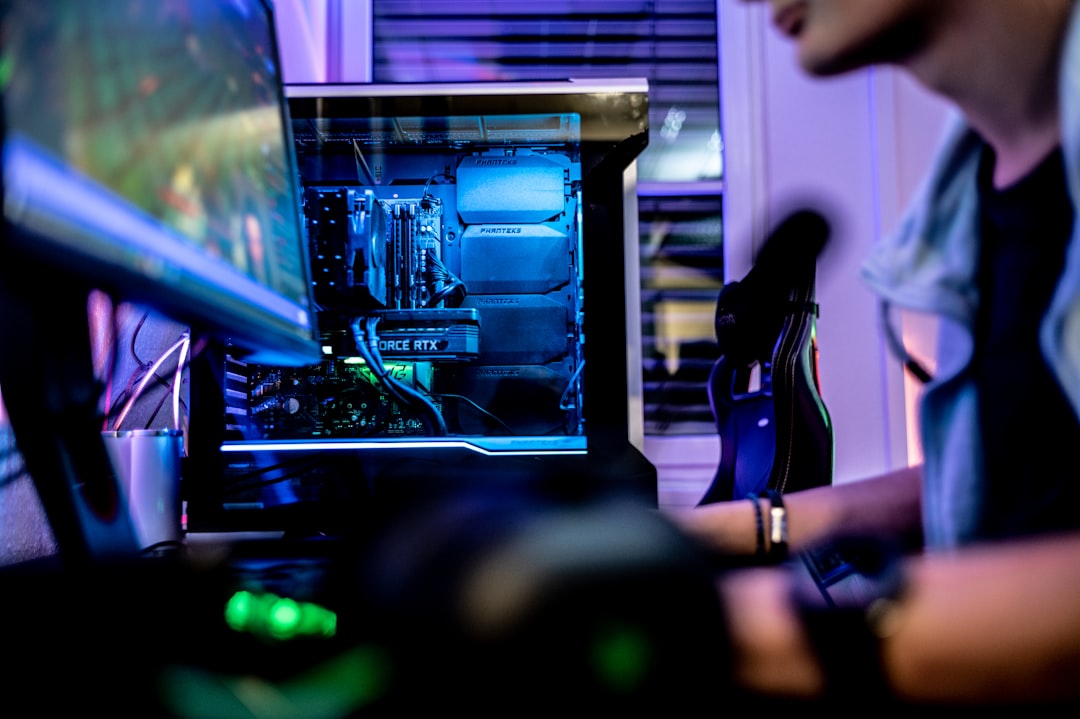In today’s digital age, purchasing video games online has become the norm. With platforms like Steam leading the charge, millions of gamers from around the globe rely on it for buying, downloading, and updating their favorite titles. But with increasing concerns about online transactions, personal data security, and game authenticity, a persistent question lingers for many potential users: Is it safe to buy games from Steam? This article takes an in-depth look at the safety, trustworthiness, and overall reliability of Steam as a digital game distribution platform.
What is Steam?
Steam is a digital distribution platform developed by Valve Corporation, launched in 2003. Originally intended as a way to update games automatically, the platform quickly evolved into the go-to destination for PC gamers. Today, it boasts a massive library of games, both from AAA publishers and indie developers alike.
Users can create accounts, build libraries, join community discussions, and even create or purchase content through integrated marketplaces and social tools.

The Security of Steam Payments
One of the primary concerns for online buyers is the safety of financial transactions. Steam uses standard SSL (Secure Socket Layer) encryption to safeguard all communication between your browser and their servers. This ensures that personal data like credit card numbers and billing addresses are protected during the checkout process.
In addition, Steam supports various payment methods such as:
- Credit and Debit Cards (Visa, Mastercard, American Express)
- PayPal
- Regional payment systems (e.g., iDeal, Boleto)
- Steam Wallet funds
The platform also employs proactive fraud-prevention mechanisms, locking accounts in which suspicious activity is detected and prompting security confirmations through email or mobile devices. With these layers of security in place, attempting to compromise payment data on Steam is tremendously difficult for bad actors.
Is the Content Legitimate?
Another important question is whether the games bought on Steam are genuine. The answer is a resounding yes. Because Steam functions as a licensed distributor, every game sold on the platform is either developed by Valve or published by a verified studio or developer. Users do not have to worry about pirated or fake versions of games when making purchases.
This doesn’t just assure quality—it also provides critical support for game developers and publishers. When you buy a game on Steam, you are helping support creators financially while ensuring the content is up-to-date and patched when necessary.
Refund Policy and Customer Protection
Online purchases can often lead to buyer’s remorse, especially if the product doesn’t meet expectations. Steam addresses this concern with a robust and fair refund policy. According to the official Steam Refund Policy:
You can request a refund for nearly any purchase on Steam—for any reason. Maybe your PC doesn’t meet the hardware requirements; maybe you bought a game by mistake; maybe you played the title for an hour and just didn’t like it.
The key conditions for a refund are:
- The game must have been purchased within the last 14 days.
- The total gameplay must not exceed 2 hours.
This policy applies to games, downloadable content (DLC), and even in some cases, in-game purchases. The flexibility offered by this policy significantly lowers the risk involved in trying out new titles.
Account Security and User Protections
Steam takes significant precautions to secure user accounts beyond just payment information. Here are several protective features that users benefit from:
- Steam Guard: A two-factor authentication (2FA) system that uses mobile apps or email confirmations to verify identity at each new login location.
- Trade Confirmation: Users must verify all market trades or item sales through the Steam mobile app to avoid unauthorized transactions.
- Account Recovery Tools: In the event of a hacked or compromised account, Steam supports recovery through verified email addresses, phone numbers, and identity checks.
While no online service is 100% immune to hacking attempts, Steam’s security protocols are among the best in the gaming industry. Users are also advised to take personal precautions such as setting strong, unique passwords and enabling 2FA.
Community Features and Their Implications
Steam is more than a store; it’s also a vibrant gaming community with forums, chat, groups, and review functionalities. These features are heavily moderated and offer players insights into games before purchasing. However, it’s important to approach community content with optional skepticism.
While developers can’t delete negative reviews, users should be cautious of review bombing—when coordinated groups leave negative reviews for reasons unrelated to the actual quality of a game.

Comparing Steam to Other Platforms
When placed side by side with other platforms like Epic Games Store, Origin, or GOG, Steam stands out in multiple areas:
- User Experience: The platform has decades of refinement and an intuitive, feature-rich interface.
- Library Integration: Games from various genres and publishers are accessible from a centralized library.
- Game Updates: Automatic background patching ensures your library is always up-to-date.
- Periodic Discounts and Sales: Steam Summer and Winter Sales offer deep discounts on thousands of games, making it cost-effective for gamers.
Other platforms may offer exclusive titles or free games, but the reliability, user engagement, and policy transparency give Steam a distinct advantage.
Drawbacks and Considerations
Despite its many strengths, there are a few drawbacks to using Steam:
- Digital Ownership: Games are tied to your Steam account. You don’t actually “own” the physical product and cannot easily transfer digital licenses.
- Always Online Verification: Many games require an internet connection for initial authentication or periodic verification.
- Content Curation: Despite moderation, a vast number of sub-par games (sometimes referred to as “asset flips”) make it onto the store, crowding more quality titles.
While these issues are not unique to Steam, buyers should nonetheless remain informed and cautious before every purchase. Steam’s own user reviews and Metacritic scores can be helpful tools in evaluating a game prior to buying.
Tips for Safe Buying on Steam
To enhance your safety and enjoyment while using Steam, consider the following best practices:
- Avoid third-party key resale websites. Instead, buy directly from Steam or from verified retailers.
- Always enable Steam Guard on your account for maximum security.
- Read reviews and watch gameplay videos before making a purchase, especially if it’s from a lesser-known developer.
- Participate in forums to learn from the community and verify the legitimacy of mod content or downloadable expansions.
Conclusion
To summarize, yes, it is safe to buy games from Steam. The platform boasts strong encryption, secure user-account protocols, responsive customer service, and an impressive return policy. While it isn’t completely without flaws, Steam has consistently demonstrated its commitment to user safety and satisfaction since its inception.
For those who enjoy gaming, value digital convenience, and want peace of mind when making purchases, Steam represents one of the best and safest options currently available in the market.




